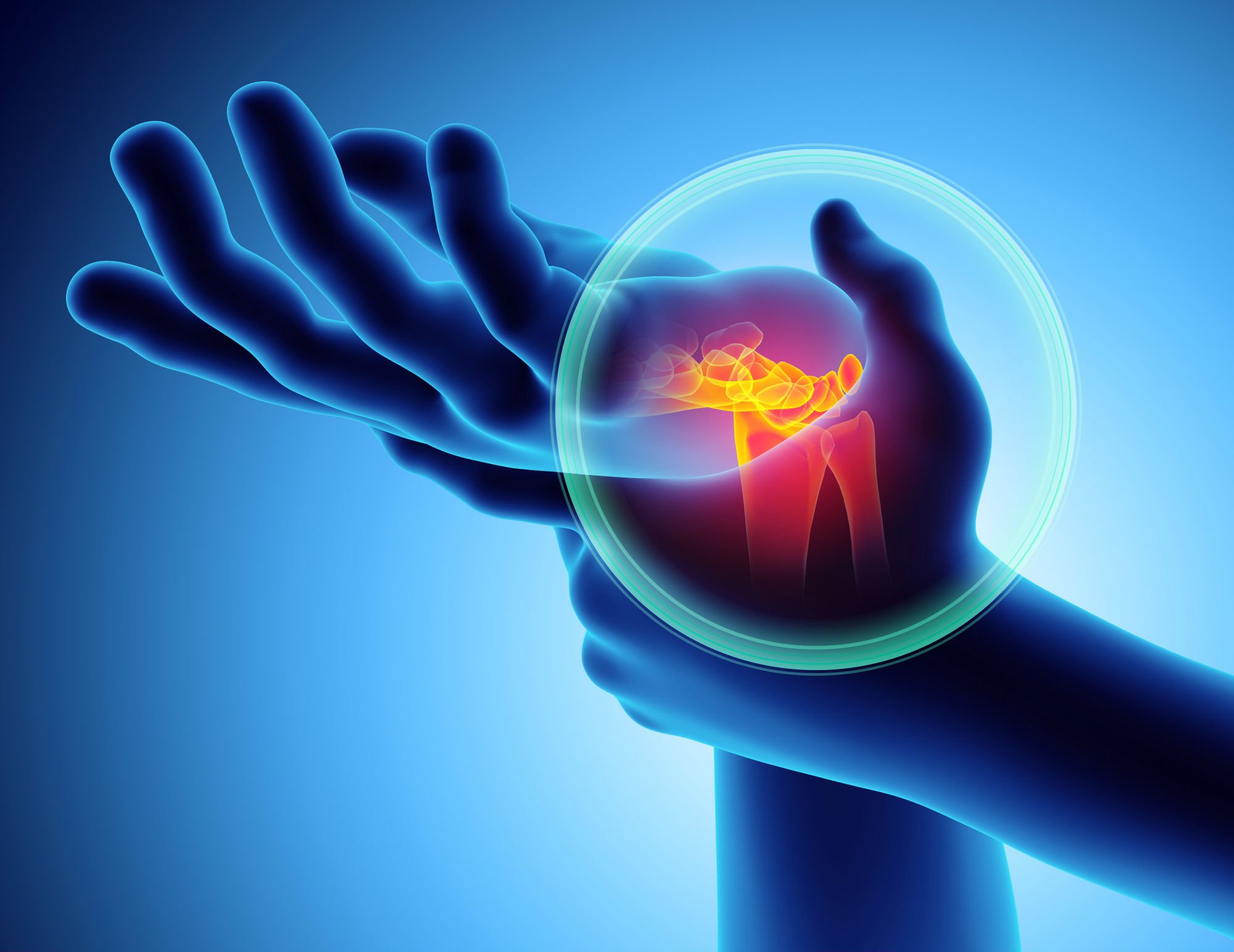

What is a limb injury?
A limb injury is any injury to a limb, either a leg or arm, or to the toes and fingers.
Limb injuries include broken bones, dislocations, sprain, strains, injuries to the nail, and bruising.
What symptoms are related to limb injuries?
Signs of limb injury can vary, depending on the type of injury.
- Broken bones (cracked or fractured bones, for example a broken arm): Severe pain, restricted or no movement in the affected limb, change of shape of the limb, discolouration, tenderness and swelling.
- Dislocation (when a bone has been moved or dislodged, for example a dislocated shoulder): The joint will look out of place and there may be swelling, bruising, discolouration, numbness, weakness, pain and inability to move.
- Sprain (an injury to ligaments, for example a sprained ankle): Symptoms include swelling, pain, bruising to the area and loss of mobility.
- Strain (an injury to muscles, for example a strained thigh): Symptoms are sharp, sudden pain in the affected area and loss of power.
- Bruise: There will be coloured marks caused by bleeding in or under the skin.
If you have a limb injury, you may also have damaged nerves or blood vessels in the area. Signs of nerve damage include pins and needles, numbness, and loss of movement. Signs of damage to blood vessels include coldness and paleness.
In some cases, signs of limb injury may indicate that there is something else wrong. For example, pain felt in the shoulder can be a sign of a heart problem; pain in the hip can indicate a compressed nerve in the back, and painful feet can be a sign of nerve damage (neuropathy).
When should I see a doctor?
If you have a serious injury, seek medical attention.
If you are bleeding: Cover with a clean cloth or bandage, and apply consistent pressure to stop the bleeding.
If you have a fracture: immobilise the limb by placing a padded splint along the injured limb. Support the limb while you are bandaging it. Keep the splint in place by passing the bandages above and below the break to prevent movement. Tie the bandages firmly and away from the injured side. Make sure the bandages are not too tight. If it is a leg injury, immobilise the foot and ankle as well. Fractures are treated by immobilising the limb, often with a cast, and sometimes surgery.
If you have a dislocation: If it is a shoulder injury, support the arm as comfortably as possible. If it is a wrist injury, support the wrist in a sling. Put a cold pack directly over the injured joint and seek medical help. If the circulation is affected in the limb (if it becomes numb, pale or cold to touch, call an ambulance on triple zero (000).
See a doctor if:
- you think you may have a broken bone or dislocation (DO NOT attempt to straighten or move a bone that appears out of place or misshapen)
- you think you may have nerve or blood vessel damage
- your injury does not get better in time
What causes limb injuries?
There are many different causes of limb injuries. These range from sports to manual labour to simple trips and falls.
Serious limb injuries, such as broken bones and dislocations, can be caused by contact with a large force (such as a blow to the body) or a heavy fall.
More minor limb injuries can result when a muscle or ligament moves beyond its normal range (for example when you roll over on your ankle), or when there is an impact on the body (for example stubbing your toe or slamming your finger in a door).
How are limb injuries treated?
You may need an x-ray to find out the damage caused from the injury.
Dislocations are treated by putting the joint back in place, followed by several weeks’ rest. Don’t try to do this yourself, always seek medical attention for a dislocation.
Fractures are treated by immobilising the limb with a splint, brace or plaster cast. Sometimes surgery may be needed, including using metal rods to hold the bone together.
If you have a strain or sprain, follow the ‘RICER’ method to relieve pain and reduce swelling.
- Rest: Avoid moving the limb.
- Ice: Put an icepack on the sore area for 15-20 minutes at a time, using a covered icepack or bag of frozen peas. Repeat every 2 to 4 hours for 2 to 3 days.
- Compression: Bandage the area firmly.
- Elevation: Keep the limb raised.
- Referral: Have the injury checked by your doctor.
Bleeding or nail injuries should be washed then covered with a sterile, non-stick dressing. See a doctor if there are signs of infection like pain, swelling, redness or pus.
If you are in pain, you may take simple painkillers (for example paracetamol, ibuprofen).
You may need physiotherapy and a period of rehabilitation to recover from a limb injury.
Can limb injuries be prevented?
The best way to prevent limb injury is to keep safe at home, school or work, when driving and when playing sport. You can find out more about preventing injury at:
- Kidsafe Australia
- Safe sport for kids
- Fall prevention


